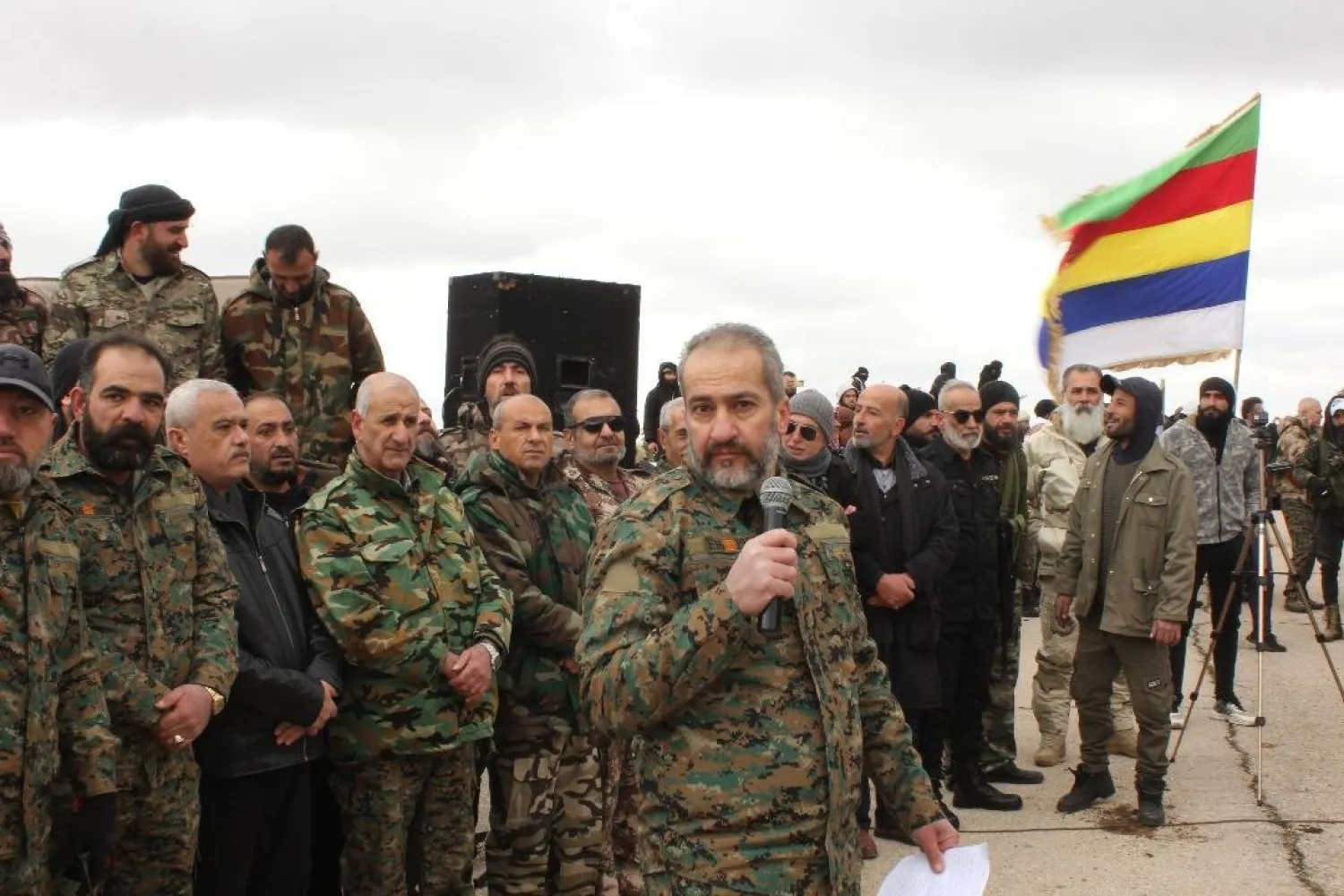Several reports have emerged over “unknown parties”, which operate under the guise of Russian companies, recruiting Syrians to fight for Russian forces in countries witnessing conflict.
The companies are active in regions controlled by the Syrian regime. Significantly, these groups are recruiting Syrians to travel to Venezuela, after initially being limited to Libya.
Financial incentives
Local sources in the Sahel al-Ghab region in the Hama countryside told Asharq Al-Awsat that recent recruitment processes were carried out by companies that spoke on behalf of Russian companies. The Syrians were persuaded to head to conflict-ravaged Libya in exchange for financial incentives.
They added that recruits are paid anywhere between 1,000 to 2,000 dollars per month in return for fighting alongside the Libyan National Army (LNA) against the forces of the Tripoli-based Government of National Accord, which is backed by Turkey.
Ankara, for its part, has been sending its own Syrian fighters, who had joined opposition factions in Syria that are backed by Turkey.
Earlier this week, the Syrian Observatory for Human Rights reported that Turkey had sent more than 20,000 Syrian “mercenaries” to battles in Azerbaijan and Libya. Some 18,000 were sent to Arab countries in North Africa.
It revealed that recruitment offices have been set up in areas that are controlled by Ankara-backed factions in northern Syria.
On the other side of the divide, the sources said that dozens of people have been recruited by the companies speaking on Russia’s behalf in the Sahel al-Ghab area.
Many of the recruits have agreed to head to Libya because of the dire economic situation in Syria that was caused by the war and the sanctions imposed against the Damascus regime, they explained.
A local news network, DeirEzzour 24, had previously reported that Russian forces had relied on military commanders and elders in Deir Ezzour to recruit youths to fight in Libya in return for a monthly salary of over 2,000 dollars.
Reports over the summer confirmed that “unknown parties”, operating on behalf of Russian companies, were recruiting youths in Damascus’ eastern Ghouta region to join the fight in Libya.
Sudden activity
Syrian journalist Tariq Ajib said on Friday that “unknown sides, which keep their identity secret and are operating through agents and Syrians working for Russian companies, have witnessed a sharp rise in suspicious activity in Damascus, Homs, Tartus, Latakia and possibly other regions.”
In a Facebook post, he revealed that they were actively recruiting men and youths to serve as “guards” at “state facilities” in Venezuela. They are being paid a monthly salary of 4,000 and provided with a residency permit. Moreover, these agents are working on recruiting women as “seamstresses and domestic workers” for a salary of 1,500 and a residency permit.
The recruits are set to fly out to Venezuela on November 15. They will depart from Russia’s air base of Hmeimim on the Syrian coast.
Ajib said: “There is no need to go into the details as to why our people are clamoring to join unknown parties. The reasons are well-known.”
“The most shameful part of these recruitments and activities is that the parties in charge are promoting themselves as supporters of the Syrian people and keen on improving their living and financial conditions,” he added.
“In reality, they are abusing the poverty of large segments of society, as well as the elderly and women, who are unable to provide their most basic needs and who have lost all hope in the future. They therefore, throw themselves into the unknown,” he lamented.
Warning of fraud
Ajib continued: “It is painful for women and girls, as well as men in their seventies and eighties, to agree to suspicious contracts with these companies.”
“We cannot overlook the possibility of fraud and that the recruits may end up as mercenaries,” he warned.
Russia, which reports have linked to the Wagner mercenary group in Libya, has repeatedly denied allegations that it was linked to such armed activity.
Russian media circles openly confirm that businessman Yevgeny Prigozhin is behind such groups. Prigozhin is close to the Kremlin and the Defense Ministry. He was previously linked to sending fighters to Ukraine, Syria and other countries, especially in central Africa.
Moscow had recently increased its recruitment of Syrians to fight in the southern Caucasus region in wake of the fighting between Armenia and Azerbaijan over the disputed Nagorno-Karabagh region.









